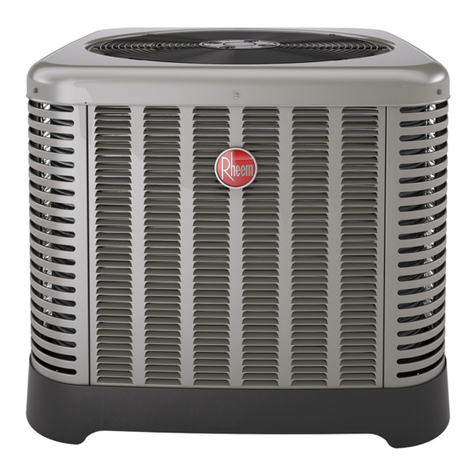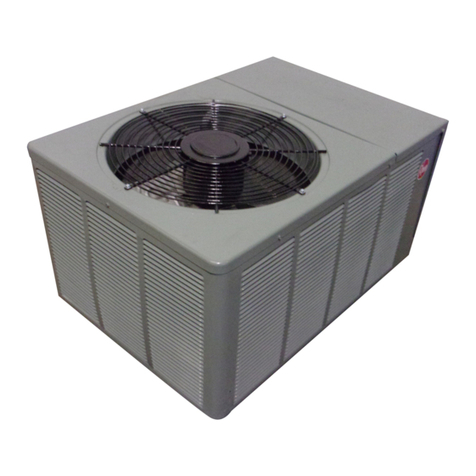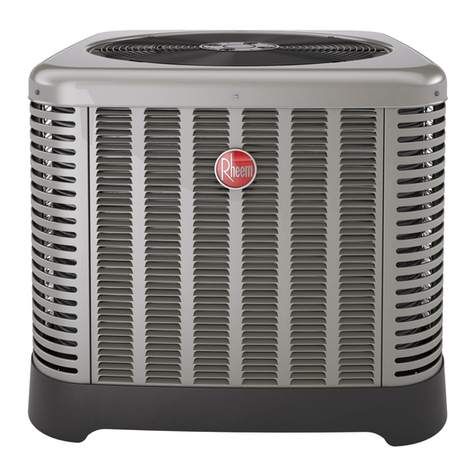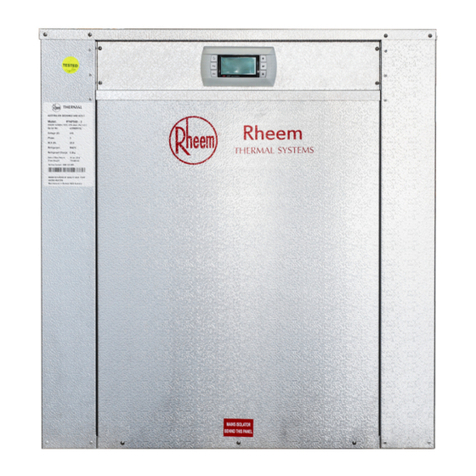Rheem 310 Series Operating instructions
Other Rheem Heat Pump manuals

Rheem
Rheem P17 Series User manual

Rheem
Rheem RKNA SERIES User manual
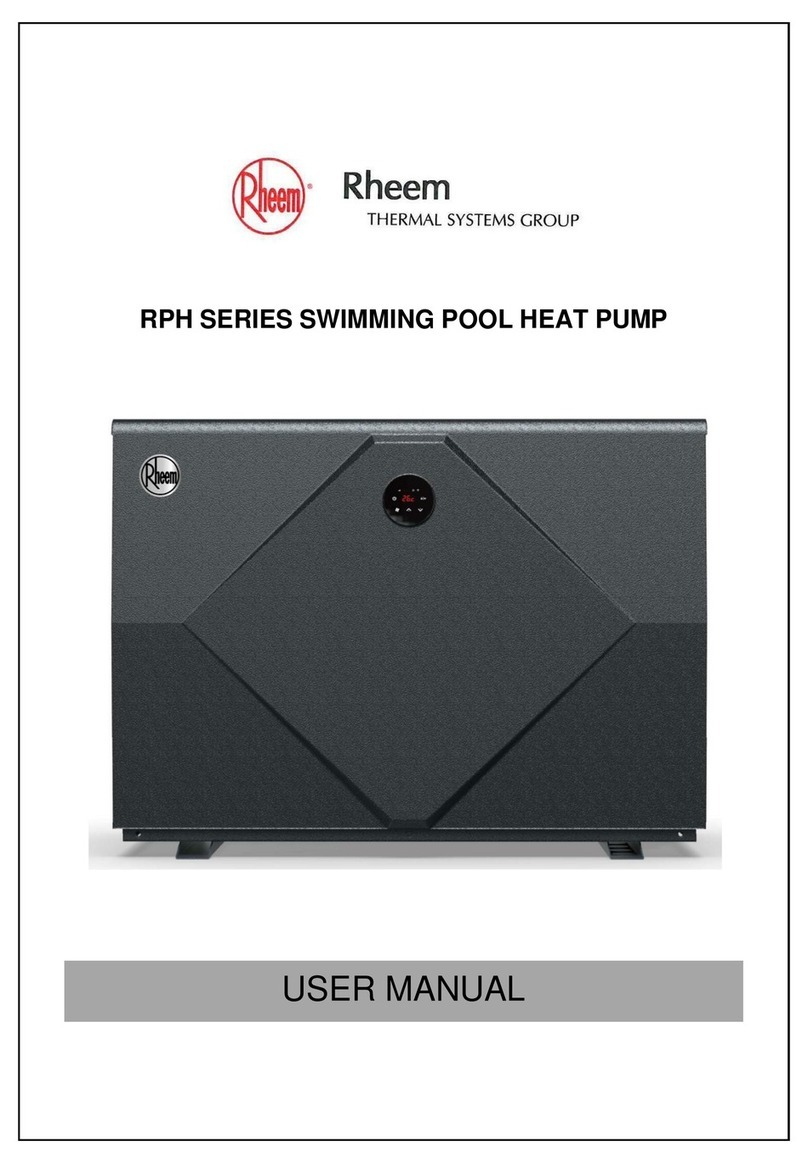
Rheem
Rheem RPH Series User manual
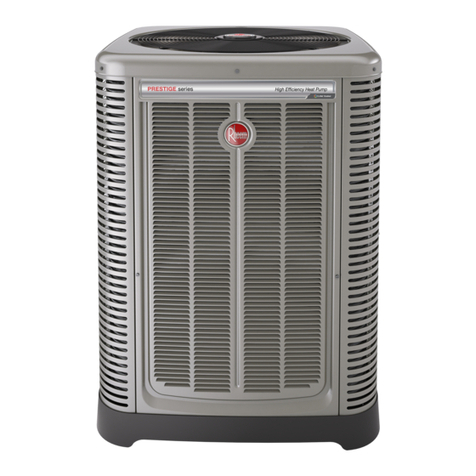
Rheem
Rheem ECONET RP2024BJVCA User manual
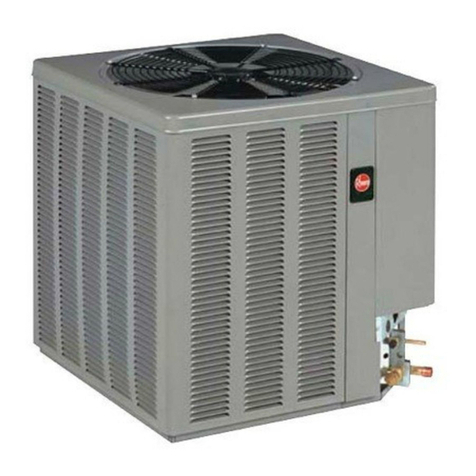
Rheem
Rheem 13 Series User manual
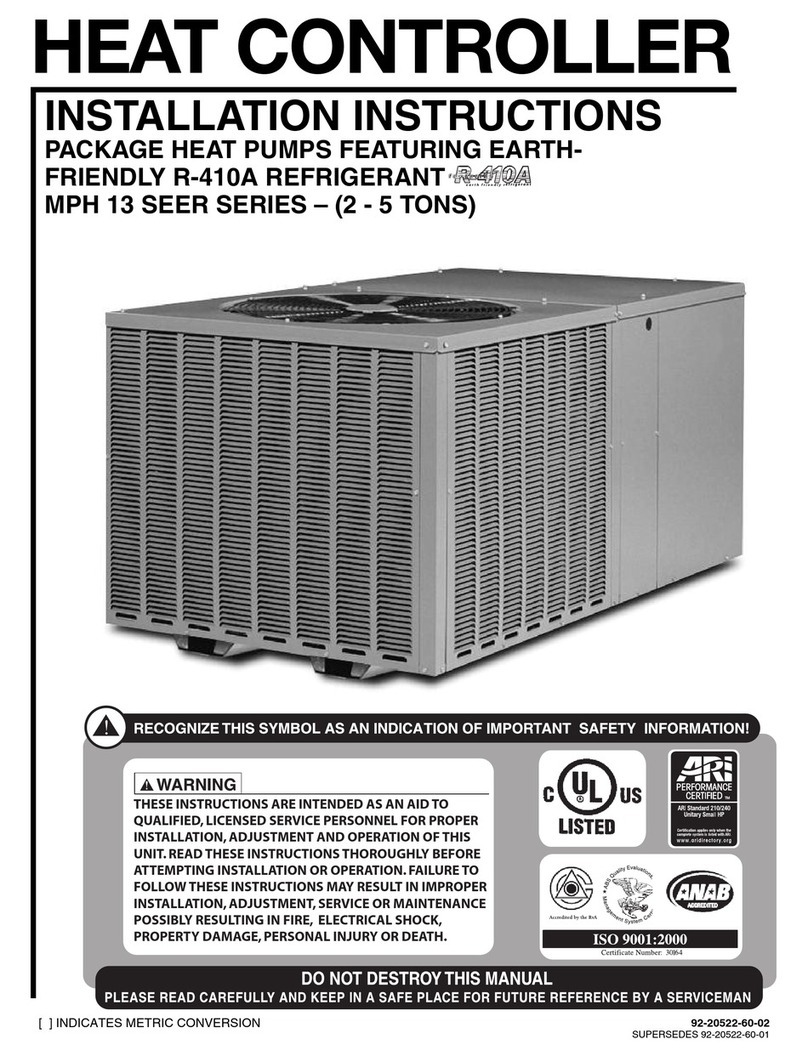
Rheem
Rheem MPH 13 SEER Series User manual

Rheem
Rheem Raypak Hi Delta H Series Manual

Rheem
Rheem RP13 User manual
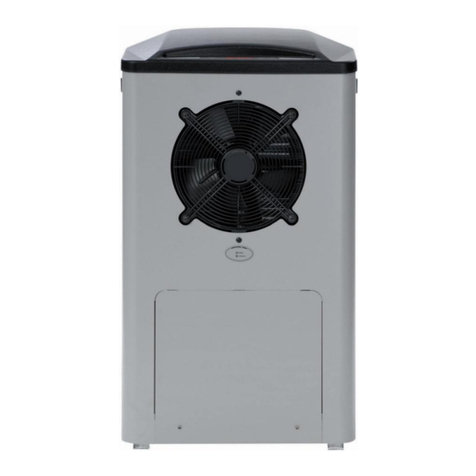
Rheem
Rheem MPs Series User manual

Rheem
Rheem RQPM 15/16 Seer Series User manual
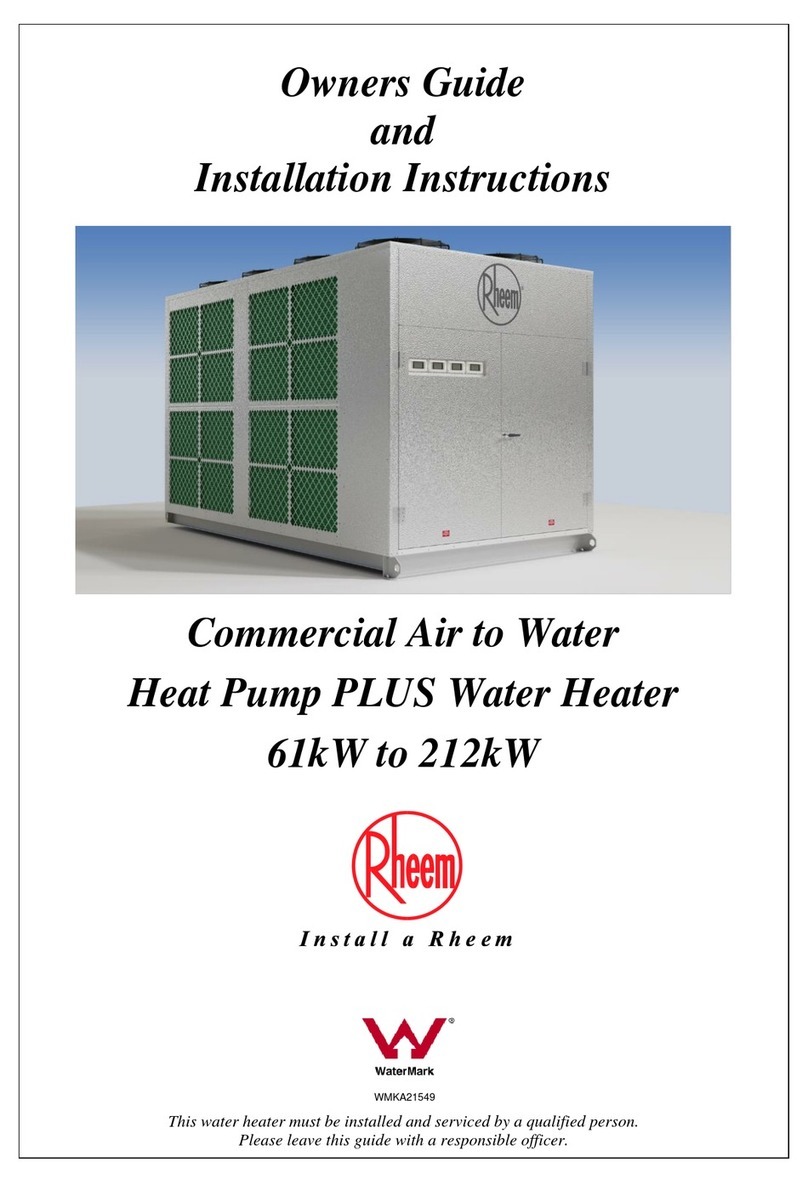
Rheem
Rheem 953060DP Technical Document

Rheem
Rheem RPVS Series Guide

Rheem
Rheem RJNL-A036CK User manual

Rheem
Rheem 55027500 Operating instructions
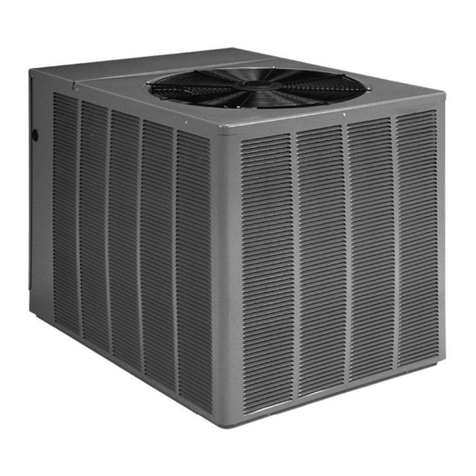
Rheem
Rheem R-410A User manual
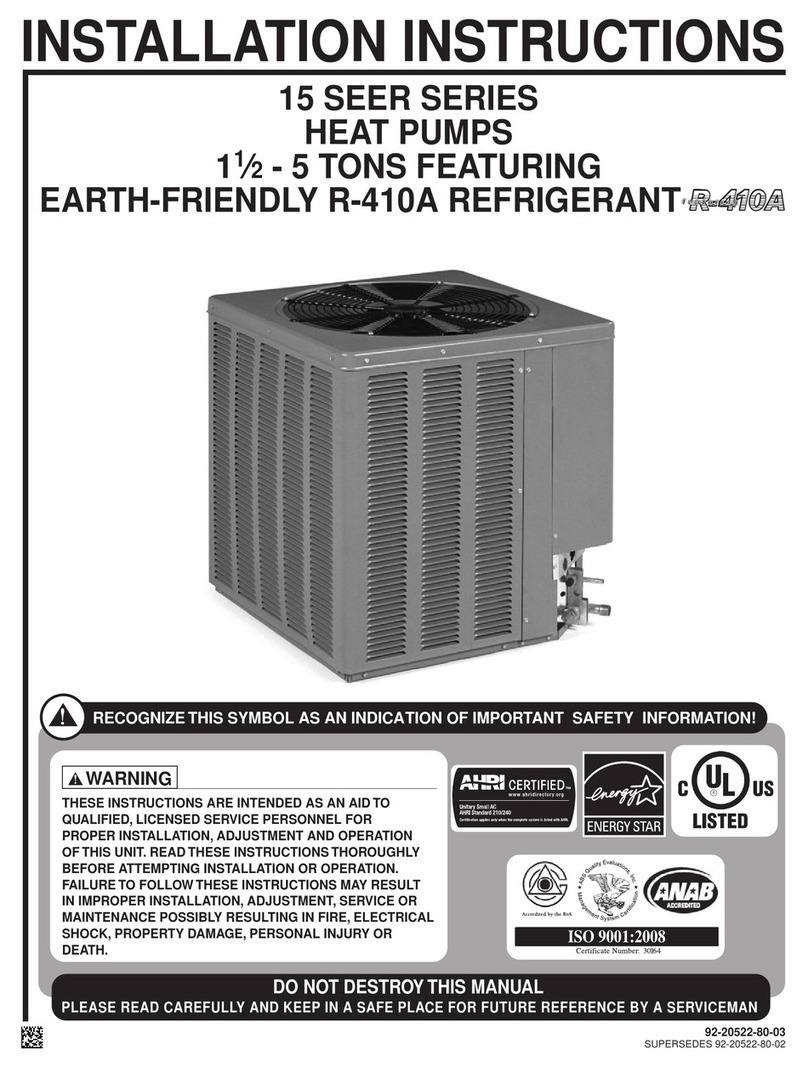
Rheem
Rheem 15 SEER Series User manual

Rheem
Rheem RTHP009 Manual
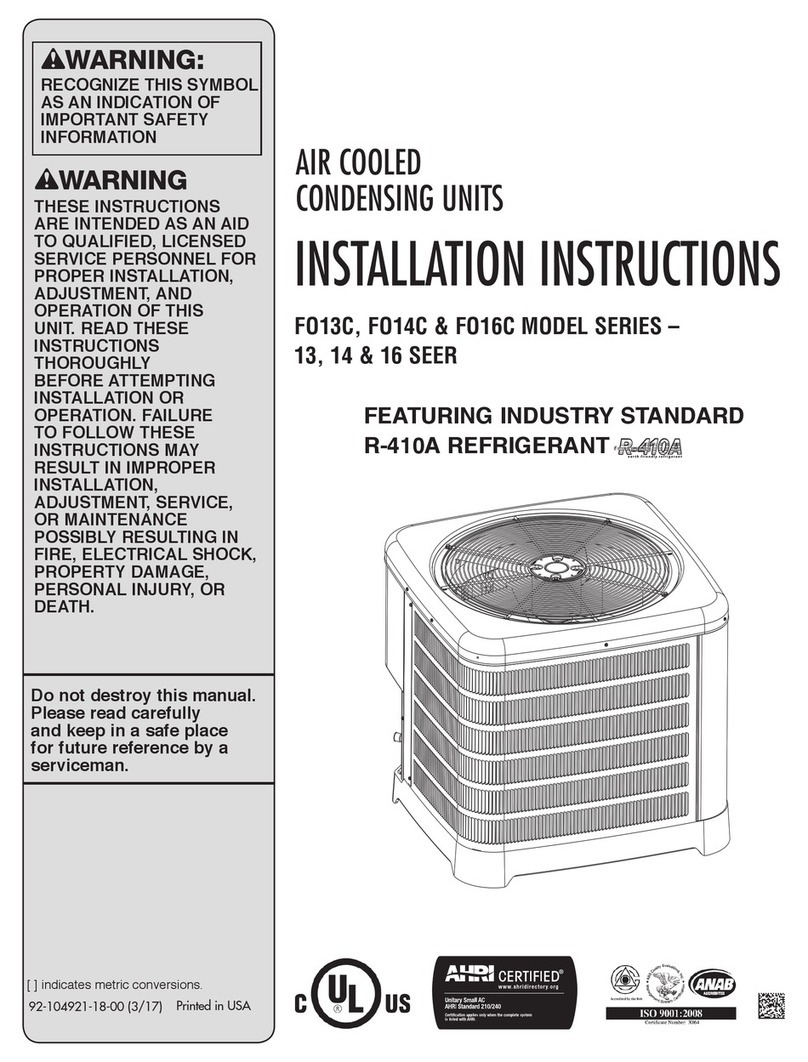
Rheem
Rheem FO13C Series User manual
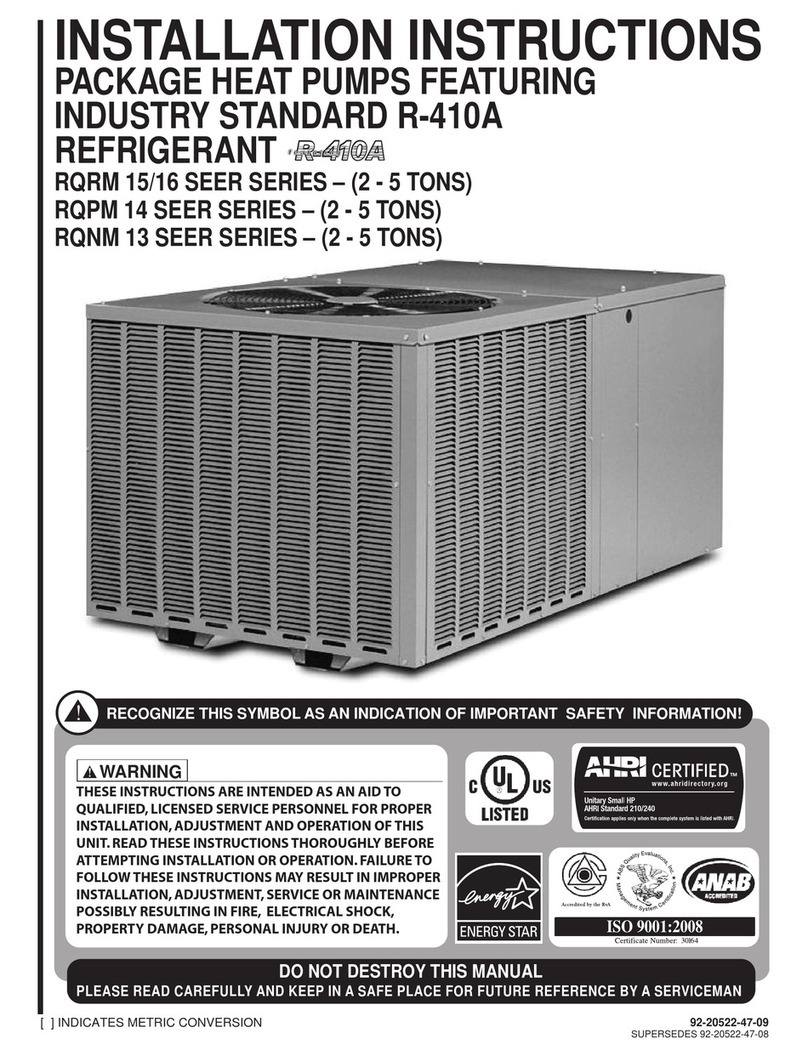
Rheem
Rheem RQRM 15 Series User manual

Rheem
Rheem Raypak Hi Delta P902C Manual
Popular Heat Pump manuals by other brands

Daikin
Daikin RXL12QMVJU Service manual

AIREDALE
AIREDALE BluCube CUR092V16-1CO-0 Installation and maintenance manual

Calyenty
Calyenty RBH 125 Customer's manual

GRE
GRE HPGI50 owner's manual

Carrier
Carrier 30XW Installation, operation and maintenance instructions

Hayward
Hayward SUMHEAT HP5131DT3 Installation instructions manual

REMKO
REMKO SQW 400 Electrical wiring

Sanyo
Sanyo SAP120FCH Service manual

Daikin
Daikin EHYHBH05AA Operation manual

Panasonic
Panasonic WH-SDF03E3E5 Design handbook

Airxcel
Airxcel 45000 Series Installation, operation and maintenance instructions

Mitsubishi Electric
Mitsubishi Electric PUZ-SWM60VAA Service manual

Dimplex
Dimplex LI 16I-TUR Installation and operating instruction

Carrier
Carrier WSHP Open v3 Integration guide

Mitsubishi Electric
Mitsubishi Electric EHSE-YM9EC Service manual

TGM
TGM CTV14CN018A Technical manual

Carrier
Carrier 38MGQ Series installation instructions

Kokido
Kokido K2O K880BX/EU Owner's manual & installation guide
